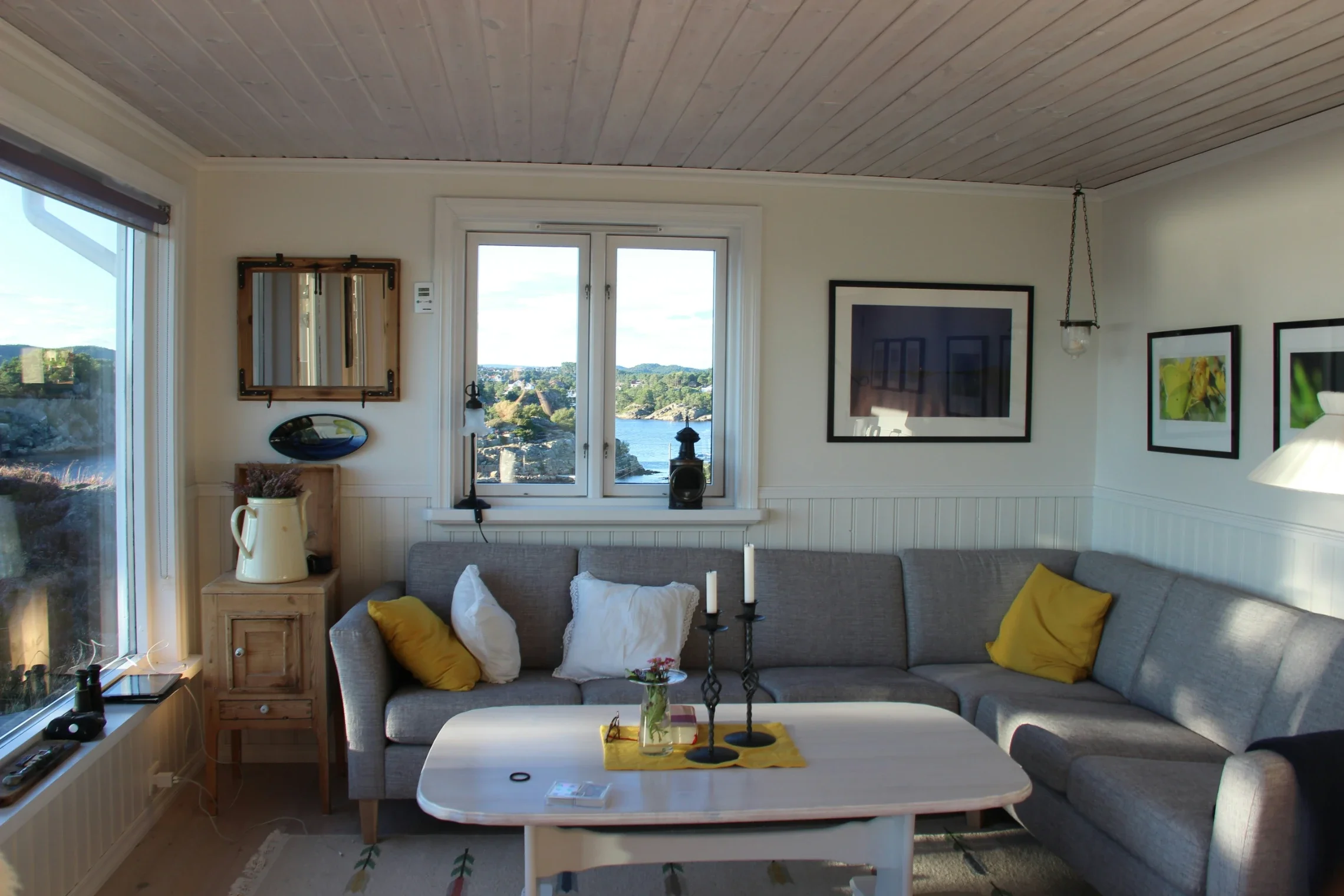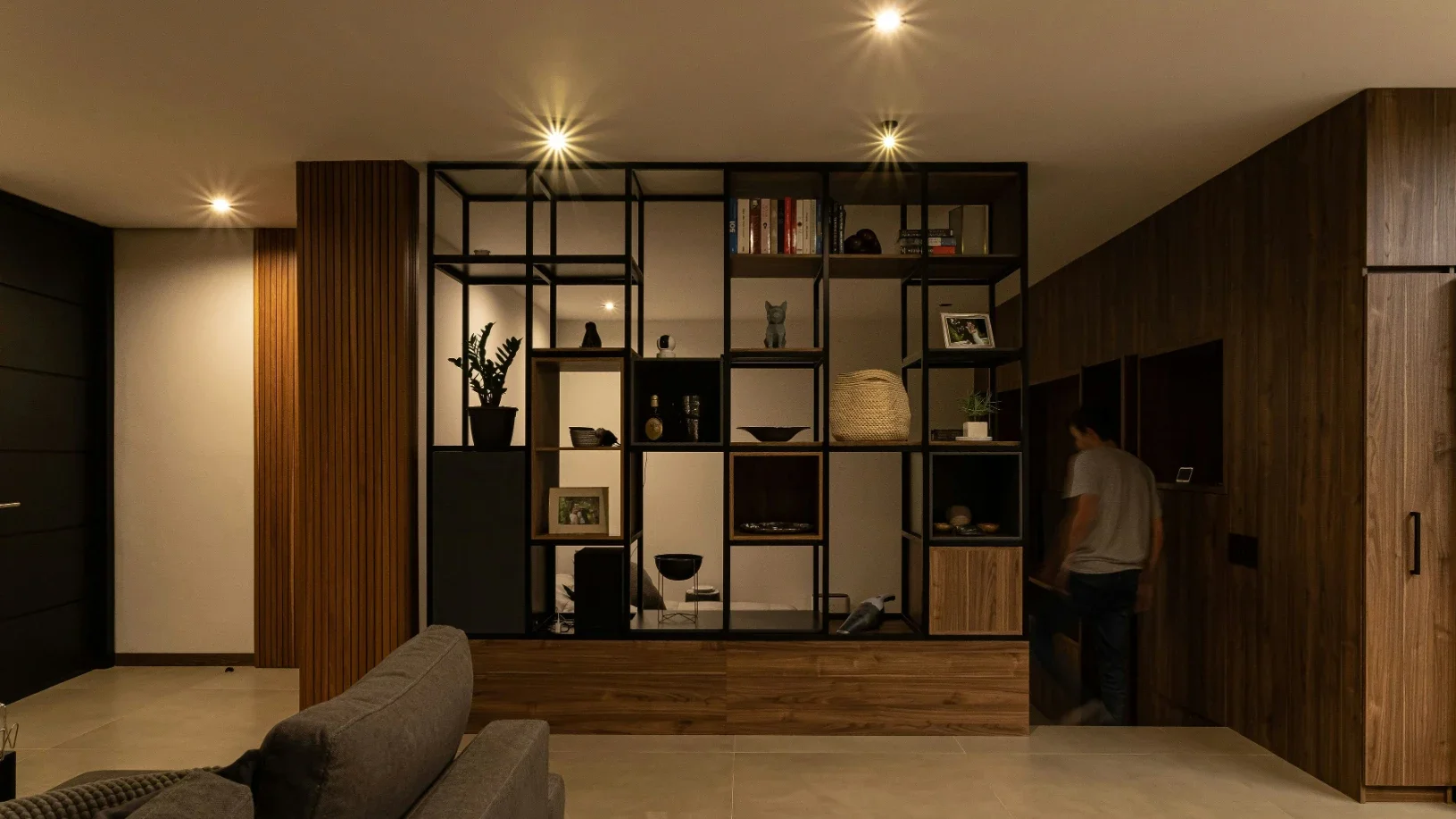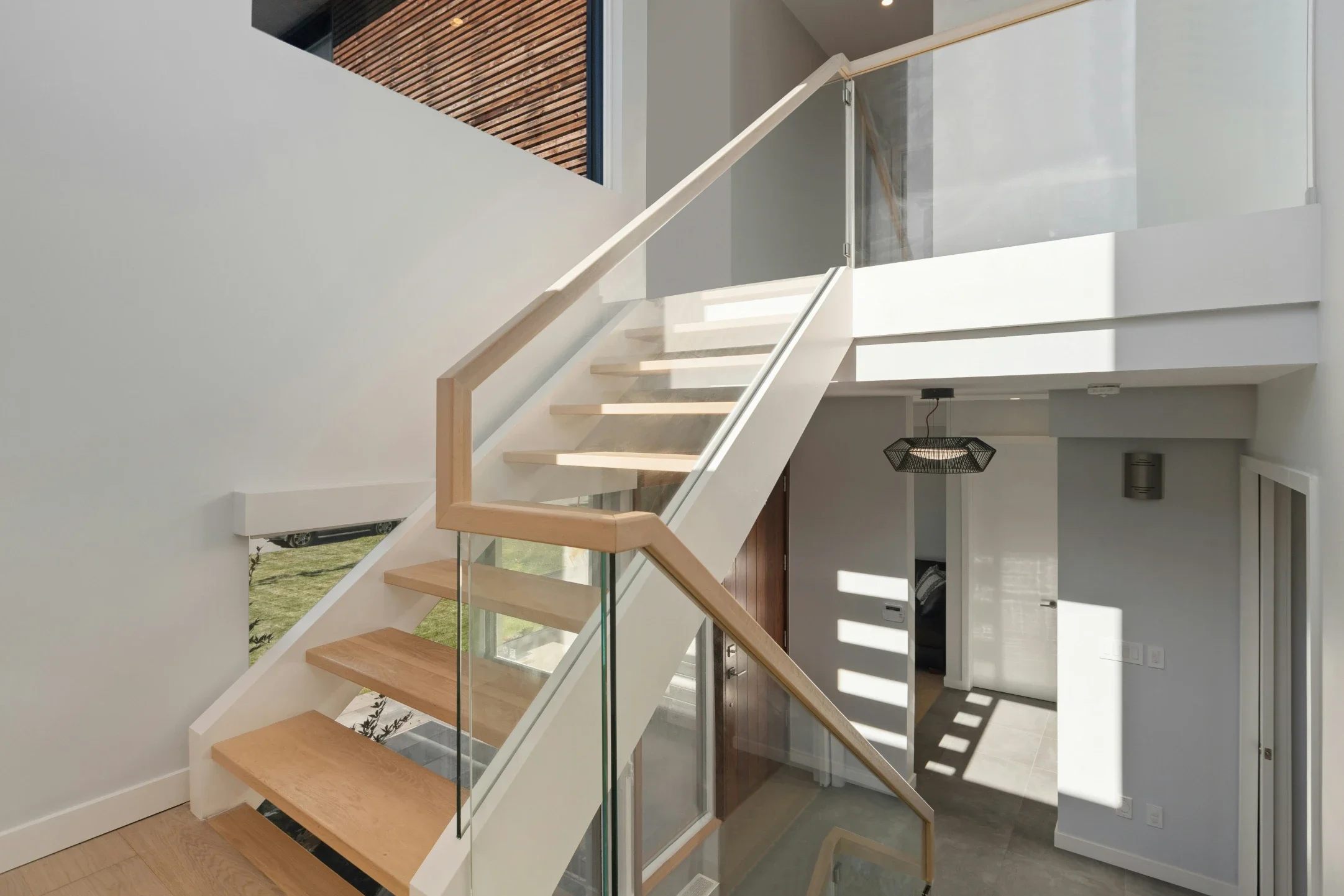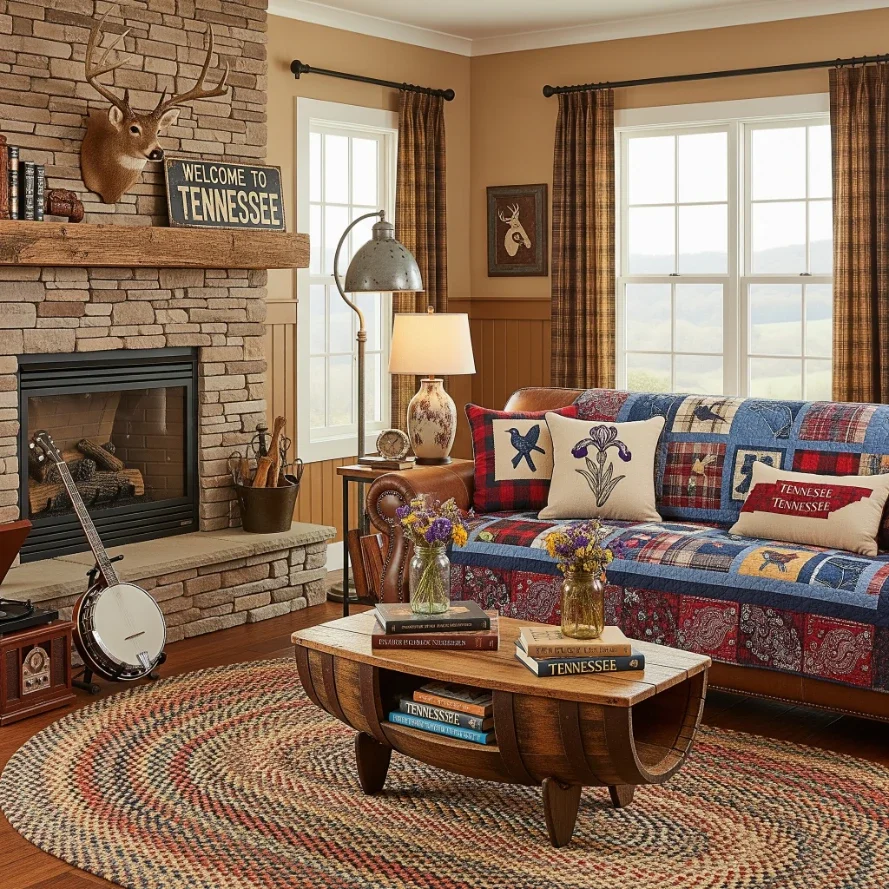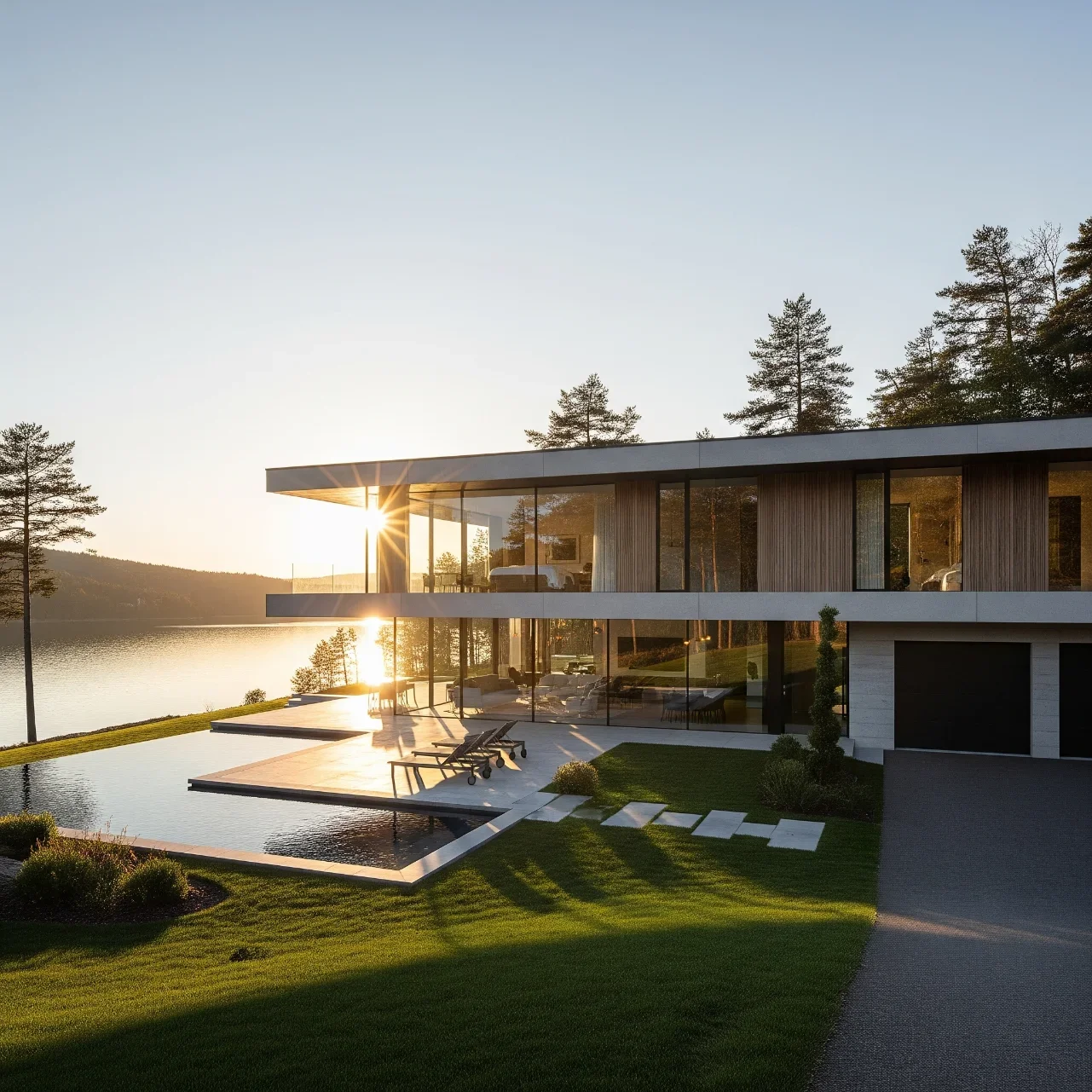Essential Services and Legal Approvals Required for Architectural 3D Modeling Today
Discover the essential services and legal approvals needed for architectural 3D modeling, ensuring your project meets industry standards and regulatory requirements.
As the architectural industry evolves, architectural 3D modeling services have become essential in bringing complex designs to life. These models offer a realistic, immersive visualization of structures, helping architects, clients, and builders collaborate more effectively. Whether for a new skyscraper or a residential home, 3D architectural modeling services allow for precise planning and design, ensuring that ideas are clearly communicated and understood.
However, creating these detailed models is not just about the technology—it also requires compliance with legal standards. Every architectural project must undergo a series of approvals, from zoning laws to building permits, to avoid delays, fines, or legal issues. This guide will explore the key services and legal approvals vital for successful architectural 3D modeling.
Key Architectural 3D Modeling Services
Architectural 3D modeling services cover many needs in modern construction projects. The most commonly used services include exterior modeling, interior visualization, and landscape modeling. Exterior models provide a detailed view of the building’s facade, allowing clients to see how the structure will fit into its surroundings. Interior visualizations, on the other hand, help with designing room layouts, lighting, and furniture placement.
Landscape modeling is another crucial service that brings the environment around the building to life, including gardens, walkways, and surrounding infrastructure. The accuracy of these models is paramount, as they must reflect the final structure with a high level of detail to avoid costly changes during the construction phase. Working with an architectural 3D modeling company ensures your project benefits from cutting-edge technology and expertise.
BIM (Building Information Modeling) Services
Building Information Modeling (BIM) has transformed how architectural projects are executed. Unlike traditional 2D plans, BIM integrates every aspect of the building process into one comprehensive model, including design, construction, and maintenance, providing a holistic project view.
BIM allows architects and builders to identify potential issues early, such as conflicts between plumbing and electrical systems, which can prevent costly errors down the line. Additionally, architectural 3D modeling companies that offer BIM services ensure that every team member has access to the same information, improving communication and reducing misunderstandings.
Legal Approvals for Architectural 3D Modeling
Before any architectural project can proceed, it must comply with several legal requirements. Zoning laws are among the first hurdles in determining how land can be used. Failing to align your project with local zoning laws can result in delays or the need to redesign your model.
Building permits are also essential to ensure the project meets safety and environmental standards. In some cases, an environmental impact assessment may be required to analyze how the project will affect the surrounding ecosystem. 3D architectural modeling services can help illustrate the project’s compliance with these regulations by providing detailed visualizations demonstrating adherence to legal standards.
Intellectual Property Protection in 3D Modeling
Intellectual property (IP) plays a significant role in architectural 3D modeling. The designs created by custom 3D architectural modeling services are often protected by copyright laws, ensuring that the architect or firm retains ownership of their original work. When outsourcing 3D modeling, it’s essential to have clear contracts that define ownership rights and prevent unauthorized use of the model.
This is especially important when working with architectural 3D modeling companies, as legal protections ensure that your designs are not replicated without permission. Contracts should cover the ownership of the designs and how the models can be used and distributed.
Case Studies: Projects Needing Critical Approvals for 3D Modeling
Several high-profile projects have demonstrated the importance of obtaining legal approvals before moving forward with 3D modeling:
Luxury Hotel in Dubai: This project required extensive zoning approvals due to its location near a protected coastline. The architectural 3D modeling company used detailed environmental assessments to ensure compliance with local laws.
Residential Complex in San Francisco: The city’s strict building codes demanded multiple legal approvals before construction. Using custom 3D architectural modeling services, the developers visualized potential issues and secured the necessary permits.
Urban Development in Paris: This project involved redeveloping an entire neighborhood. The team had to secure zoning changes and environmental clearances, facilitated by detailed 3D models showcasing the project’s impact.
These case studies highlight how important it is to navigate legal requirements early in the design process.
The Role of Certifications and Compliance in 3D Modeling
Certifications and compliance standards ensure that architectural 3D modeling services meet industry best practices. One of the most prominent certifications is LEED (Leadership in Energy and Environmental Design), which focuses on sustainable building practices. Architectural models that align with LEED standards help projects earn points toward certification, boosting their environmental credentials.
Working with certified professionals from a reputable architectural 3D modeling company can also ensure that your project meets safety, sustainability, and efficiency compliance requirements. These certifications enhance the quality of the project and increase its marketability and long-term value.
Conclusion
In conclusion, 3D architectural modeling services are pivotal in modern construction projects, offering detailed visualizations that help bring designs to life. However, these models must be created with technical precision and legal compliance. From zoning laws and building permits to intellectual property protection and industry certifications, legal considerations are just as important as the design itself.
By working with experienced architectural 3D modeling companies and ensuring that all legal approvals are in place, architects and developers can prevent costly delays and ensure the smooth execution of their projects.












